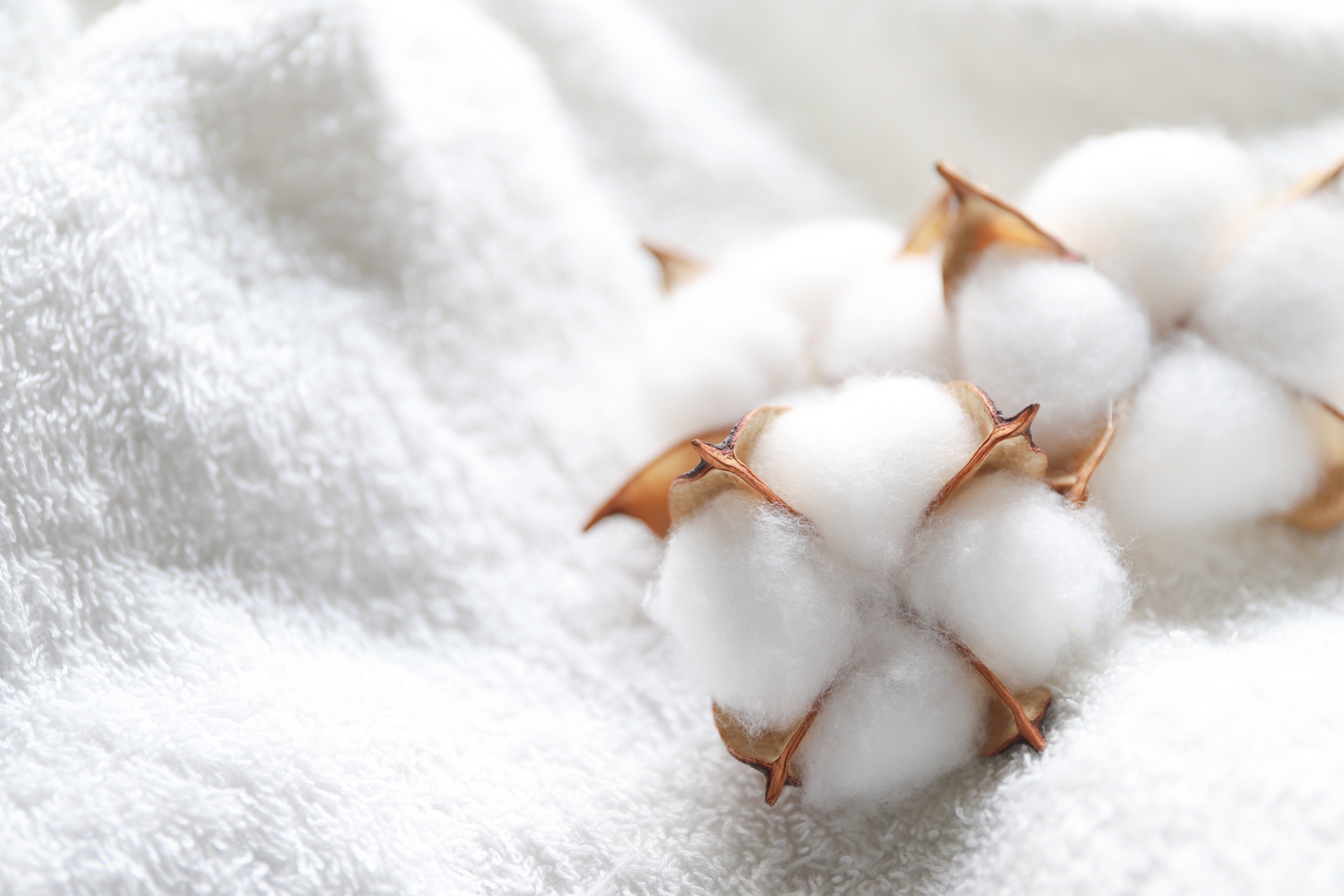Algae cultivation has typically been monospecific
Humans have cultivated various types of algae, such as Chlorella and Euglena, and utilized them in daily life. Typically, a single type of algae is cultivated in one container. This approach was recognized as the most efficient way to cultivate isolated algae. For a while after the start of algae research, monospecific cultivation was the standard, but recently, research on “co-cultivation,” which involves mixing two or more types of algae, seems to be advancing.
Co-cultivation is challenging
Monospecific cultivation involves isolating and cultivating only one type of microorganism, such as algae, from nature. It is an essential process for isolating microorganisms from nature, and once monospecific cultivation is achieved, it can be scaled up to enable mass cultivation. However, in nature, microorganisms, including algae, do not exist as a single species. They live in complex symbiotic relationships with other species. There are combinations of species that may have synergistic effects depending on the situation, but it has been necessary to invest a great deal of effort to research how to utilize the advantages of these complex symbiotic relationships. However, recent results are beginning to bear fruit.
When co-culturing, 1 + 1 can be more than 2.
Synechococcus elongatus, a type of cyanobacteria, is particularly fast-growing among the single-celled cyanobacteria. Cyanobacteria perform photosynthesis using sunlight, making them promising for applications such as carbon fixation and material production. The growth rate of this cyanobacteria has been enhanced through research, and it has been strengthened through modifications to the cyanobacteria itself. When co-cultured with the soil microorganism Pseudomonas putida, the growth rate increased by up to 80%, and photosynthetic capacity was enhanced. Although there was no significant change in the proliferation of Pseudomonas putida, no negative effects were observed, indicating that this co-culture only extended the benefits. The 1 from cyanobacteria and the 1 from Pseudomonas putida combined to produce results greater than 2, a fantastic achievement.

Species that were previously difficult to cultivate might now be cultivable.
A great result, where 1 + 1 turned out to be more than 2, has been reported. In addition to the co-cultivation of this cyanobacteria with the Pseudomonas genus, there must be other co-cultivation relationships that yield similar results. Depending on future research, new synergistic effects may be found. There is another point of anticipation in co-cultivation. It might be possible to cultivate algae and microorganisms that have been difficult to cultivate so far. A combination of two or more organisms, which alone were challenging to cultivate, might become a catalyst for cultivating beneficial algae for humanity. We look forward to further research in the realm of co-cultivation!



コメント